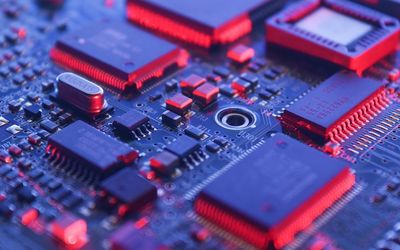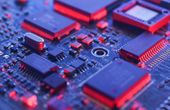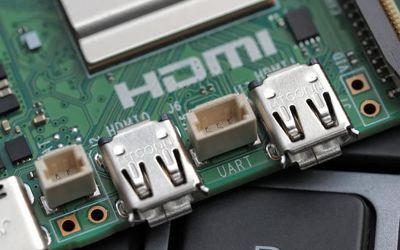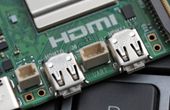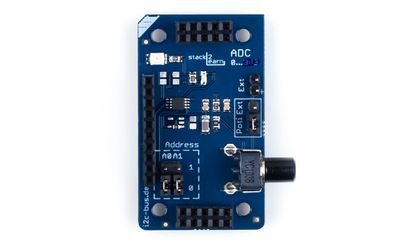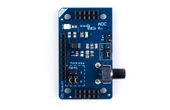NXP Semiconductors MCX N Series FRDM Development Boards
Low-cost, scalable development board series for rapid prototyping.
Technical Specifications
| Product Type | Development Board |
| Core | Arm Cortex M |
| Memory | 2 MB (Flash), 416 KB w ECC (SRAM) |
| Applications | IoT, IIoT, Smart Homes, Medical Devices, |
| Compatible With | MCXN947 |
Overview
These boards work with the open-source MCUXpresso software development ecosystem that simplifies and accelerates the application development process. The boards are useful for applications involving high integration levels and advanced security features. It has on-chip accelerators to optimize application speeds. Thanks to intelligent peripherals, standardized headers and shields, the board can support a wide range of modules which makes it an optimal choice for industrial automation, power and energy management, smart homes, and other general embedded applications.
Accelerated Application Development for Advanced Industrial and IoT Applications
The MCX N Series features industrial and IoT microcontrollers based on the dual Arm Cortex M33 Cores. These microcontrollers work up to 150 MHz addressing a wide range of applications. Its elQ® Neutron Neural Processing Unit is designed for accelerated machine learning applications. It boasts 42 times faster performance compared to other CPU cores running the usual ML models.
The boards feature a standard form factor, pretty similar to a Node MCU board. There are standardized headers allowing seamless connectivity with various I/O devices and modules. As a result, it reduces setup time and developers can quickly get on with prototyping.
There is an on-board MCU-Link debugger and there is support for shield boards that come with standard pre-populated headers.
The MCX N Series of development boards have a low-power cache and a dual bank Flash with full ECC RAM support, ensuring higher protection and assurance.
The low power cache enhances system performance and the dual bank Flash and full ECC RAM support system safety providing an extra layer of protection and assurance. It’s a compact board, easily portable, allowing developers to work with high-end applications like machine learning, motor control, touch and voice sensors, graphic applications and many others.
Comprehensive Software Development Kit with the MCUXpresso Developer Experience
The MCX N Series FRDM Development Boards use the MCUXpresso Software Development Kit for prototyping. The software kit features a comprehensive set of options. In addition to the MCUXpresso IDE, there are other options such as the MCUXpresso for Visual Studio Code, IAR Embedded Workbench and Arm Keil MDK.
The kit also features MCUXpresso configuration tools along with Secure Provisioning SDK and various debugging tools like the MCU-Link, P&E Master, FreeMASTER and Segger. Moreover, the GUI guider that helps developers get started with rapid prototyping instantly.
The software kit is compatible for Arm Cortex-M devices providing accelerated application development experience.
The MCUXpresso SDK also features software hubs such as:
Expansion Board Hub - It allows developers to search for NXP add-on boards that are compatible with the MCUXpresso SDK, and ready-to-use examples for instant prototyping.
Application Code Hub - It allows developers to browse application code examples designed by experts for starting a new project.
Where to find it

Mouser Electronics
Mouser Electronics is a worldwide leading authorized distributor of semiconductors and electronic components.



